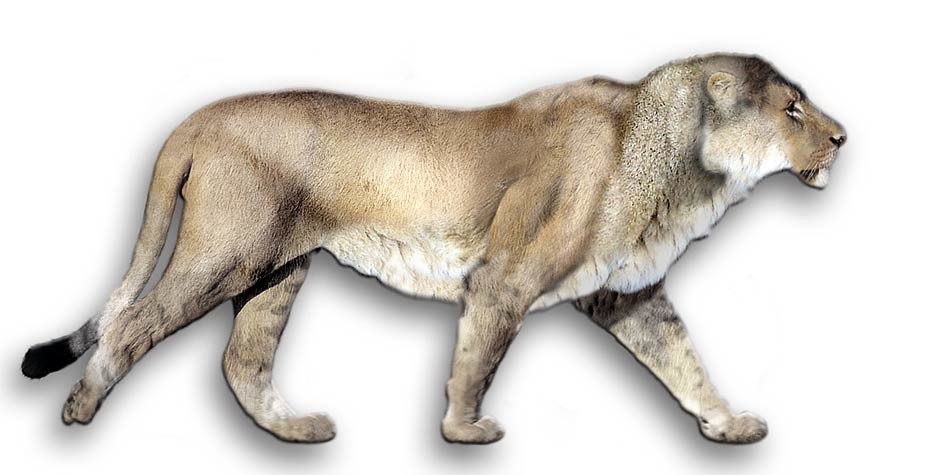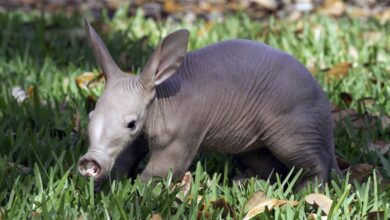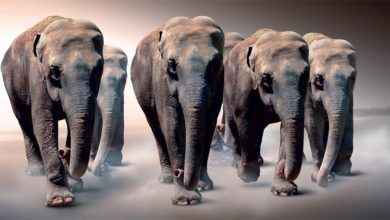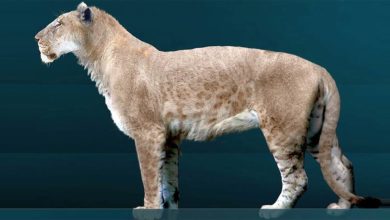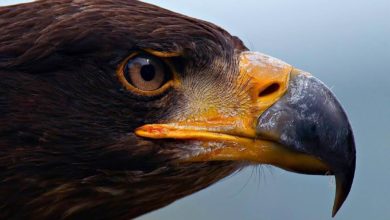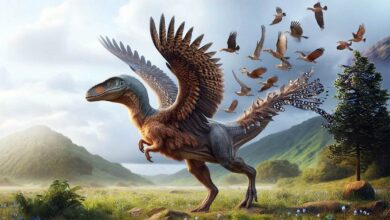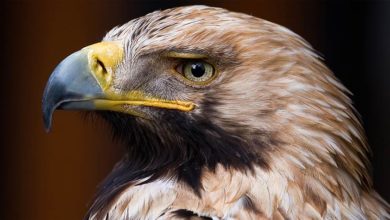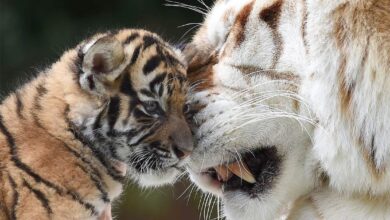European / Eurasian cave lion (Panthera leo spelaea / Panthera spelaea)
Although European cave lions did not have impressive manes, they ruled areas of Europe and Asia, becoming the hallmark of the Pleistocene landscape, like today’s lions in Africa. How did they cope in the areas shared with other large predators and first humans? Why did they go extinct? We will try to answer these questions in this article devoted to Eurasian lions, and in the next one about the largest lion in history – the American lion, which ruled in North and South America.
Photos and time travel
Despite our time travel, we didn’t manage to photograph cave lions (they must have hidden from us in caves, and we did not have enough courage to look inside ;)), therefore, we present their American cousin in some photos.
Classification
- Class: Mammal
- Order: Carnivora
- Family: Felidae
- Genus: Panthera
- Species: Panthera leo
- Subspecies: Panthera leo spelaea
- Names: European cave lion, Eurasian cave lion
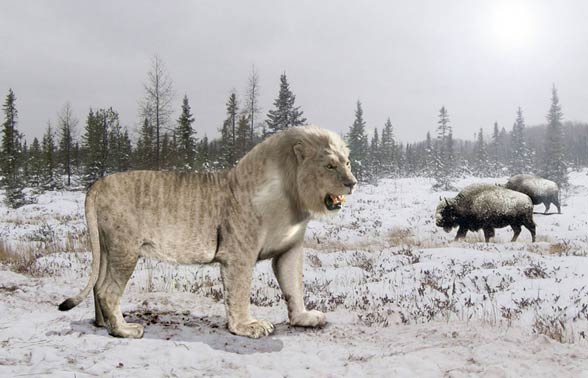
Uncertain classification
It is difficult to explicitly determine whether the European lion is the species or subspecies of the lion. In the past, the majority of scientists classified it as a separate species – Panthera spelaea. However, nowadays, it is considered the subspecies of the African lion (Panthera leo), therefore, the Latin name is Panthera leo spelaea.
There was a time when the cave lion was classified as the subspecies of… the tiger (Panthera tigris), however, this view had been completely rejected.
Similar dilemmas appear when people try to classify the American lion – it is difficult to explicitly determine whether it is a separate species of the lion or a subspecies of the modern-day African lion.
Dating and occurrence
The species evolved from an ancestor known today as Panthera leo fossilis. The European lion separated genetically from its relative about 780,000 years ago and survived until about 10,000 years ago (the late Pleistocene). Probably it died out about 12,500 years ago, after the last glaciation, also called the Weichselian glaciation (Weichselian ice age or Vistulian glaciation).
The lion inhabited almost the whole of Europe and many regions in Asia and the northwestern part of North America. It lived in modern-day Great Britain, Germany, Spain, and after crossing the Bering Strait, it reached Yukon and regions from Siberia to Turkestan (Central Asia).
The term “cave” comes from large amounts of fossils found in caves. However, scientists have doubted that the predators actually lived in those caves. It is suspected that deep caves were the homes of cave bears during their hibernation, or a shelter for females and their cubs. For many lions, bear cubs were a real threat, but angry female bears could kill an attacker easily.
It is known that the lions lived in various habitats, but they mostly preferred coniferous forests and meadows, where medium-sized and large herbivores fed. A few fossilized bones of a European lion were found next to the fossils of reindeer, which means that it also lived in subpolar regions.

Characteristics
Appearance
The cave lion was one of the largest living lions. The skeleton of an adult male, found in Germany in 1985, was 210 cm (6ft 11in) long (without the tail) and 120 cm (3ft 11in) height at the shoulders. It was also estimated that the lion weighed 200-350 kg (440lb – 771lb).
Therefore, its size was similar to a modern-day African lion. On the basis of a number of finds, however, it was proved that this animal was bigger than today’s species representatives by 8-10%, but smaller than its ancestor – Panthera leo fossilis.
Diet
As a large predator, the lion hunted mostly large herbivorous mammals, including the ancestors of today’s Equidae and Elephantidae (young or ill mammoths), reindeer, and bison. Probably, it was also so brave and determined that it could have entered a cave bear’s lair and tried to kill it. The lion could have done that, unless the hibernated bear woke up, otherwise, the maned predator ended its life poorly. In the bear’s lair, there was easier prey to catch – bear cubs. However, it also caused problems because a defensive mother would be a lethal threat to the intruder.
Some cave paintings have shown that these lions hunted in groups, similar to modern-day African lionesses. It is possible, that over decades, cave lions had modified their diet significantly because of the extinction of the cave hyena. After that, the lions started mass hunting for reindeer, taking them to the brink of extinction.
The lion killed small prey with a hit of the paw or by biting through an animal’s cervical vertebrae. Probably, it wasn’t fast enough to catch up its prey, but it could have just jumped on it from the back and brought it down with its massive body.

Extinction
The majority of large mammals from the Pleistocene went extinct because of increased hunting done by first humans. But this argument is uncertain regarding the cave lion. It is presumed that small populations of these lions survived until the Holocene, namely, the next 10,000 years after the last glaciation.
However, no skeleton of a cave lion from beyond the Pleistocene has been found yet. Their survival could have been possible due to the access to large prey – reindeer, whose amount, however, would have been too little for a great population of lions. It means that with limited access to food, only small groups of these predators could survive. Apart from the date of their extinction, it can be stated, that big competition with new predators, mostly wolves and early humans contributed to the extinction.
European lion and cave lion
There is a theory that says that European lions (Panthera leo europea), similar to Asian lions (Panthera leo persica) could have been the last cave lions (Panthera leo spelaea) that had survived in Europe to 3,000 B.C. However, it is unlikely, given the images of lions presented in historical records and drawings – the animals in them have lush manes, while cave lions were deprived of mane, which has been indicated in all cave paintings of them that have been found.
Thus, it is assumed, that maned lions got from Africa to Eurasia in the Holocene. It is unclear whether the maned lion replaced the cave lion in Europe, or it appeared there, after its extinction.
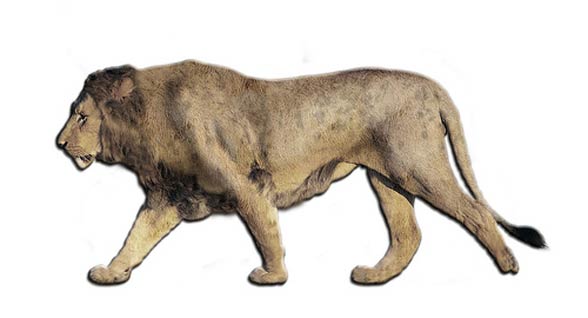
Details and dimensions
European (Eurasian) Cave lion (Panthera leo spelaea / Panthera spelaea)
- Dated: 780,000 – 10,000 years ago (the Pleistocene)
- Main range of distribution: Europe and Asia
- Body length without the tail: 210 cm (6ft 11in)
- Height at shoulders: 120 cm (3ft 11in)
- Weight: 200-350 kg (440lb – 771lb)
Cave and American lion – interesting facts
- The Latin term spelaea means “cave”, and atrox may be translated as “cruel”/”dreadful”.
- On the basis of the found vessels dating from the Pleistocene, it has been shown that the cave lion was associated with the beliefs of people of that time.
- The oldest fossils of the species Panthera are dated from 3-4m years ago, and they were found in Tanzania.

Recommended
- American lion
- Smilodon – Saber-toothed tiger
- Fights of animals
- Big cats
- Black panther
- Leopard
- Snow leopard
- Lions
- Tigers
- White lions
- White tigers
- Bengal tiger
- Sumatran tiger
- Liger
- African Lion
- Fastest animals
- Fastest birds

